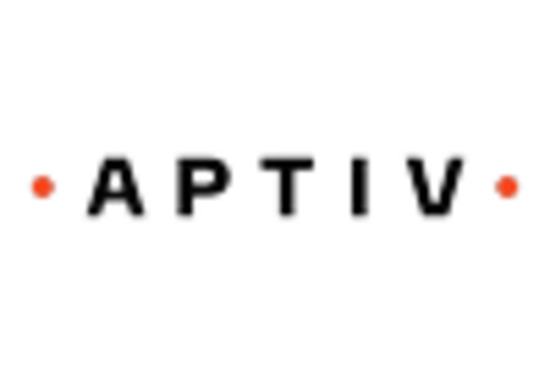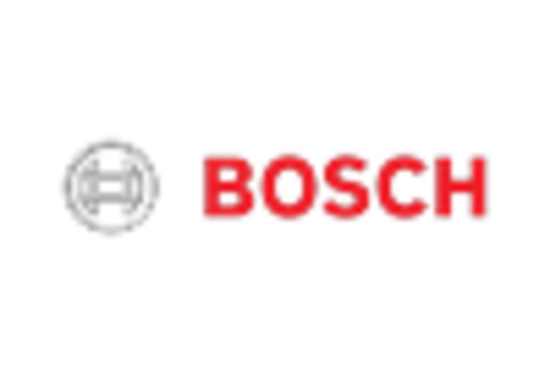Rising Demand for Safety Features
The Automotive Ultrasonic Technologies Market is experiencing a notable surge in demand for enhanced safety features in vehicles. As consumers increasingly prioritize safety, manufacturers are integrating ultrasonic technologies to improve collision avoidance systems and parking assistance. This trend is reflected in the projected growth of the ultrasonic sensor market, which is expected to reach approximately USD 3 billion by 2026. The incorporation of ultrasonic sensors not only aids in accident prevention but also enhances the overall driving experience, making vehicles more appealing to safety-conscious buyers. Consequently, this driver is likely to propel the Automotive Ultrasonic Technologies Market forward, as automakers strive to meet consumer expectations and regulatory standards.
Increasing Focus on Autonomous Vehicles
The Automotive Ultrasonic Technologies Market is being propelled by the increasing focus on autonomous vehicles. As the automotive sector shifts towards automation, ultrasonic technologies play a crucial role in enabling vehicles to navigate and operate safely without human intervention. Ultrasonic sensors are integral to the perception systems of autonomous vehicles, providing critical data for object detection and distance measurement. The market for autonomous vehicles is expected to reach USD 60 billion by 2030, highlighting the potential for ultrasonic technologies to thrive within this segment. This growing emphasis on automation is likely to drive investments in the Automotive Ultrasonic Technologies Market, as manufacturers seek to enhance the capabilities of their autonomous offerings.
Consumer Preference for Smart Vehicle Features
Consumer preference for smart vehicle features is a driving force behind the Automotive Ultrasonic Technologies Market. As technology becomes more integrated into daily life, consumers are increasingly seeking vehicles equipped with advanced features that enhance convenience and safety. Ultrasonic technologies facilitate various smart features, such as automated parking and proximity alerts, which are becoming essential selling points for modern vehicles. Market Research Future indicates that nearly 70% of consumers are willing to pay extra for vehicles with advanced safety and convenience features. This growing consumer inclination is likely to stimulate demand for ultrasonic technologies, thereby propelling the Automotive Ultrasonic Technologies Market as manufacturers strive to meet these evolving consumer expectations.
Technological Advancements in Sensor Technology
Technological advancements in sensor technology are significantly influencing the Automotive Ultrasonic Technologies Market. Innovations in miniaturization and signal processing have led to the development of more efficient and accurate ultrasonic sensors. These advancements enable vehicles to detect obstacles and measure distances with greater precision, thereby enhancing functionalities such as automated parking and blind-spot detection. The market for ultrasonic sensors is projected to grow at a compound annual growth rate (CAGR) of around 10% over the next few years, indicating a robust demand for these technologies. As manufacturers continue to invest in research and development, the Automotive Ultrasonic Technologies Market is poised for substantial growth driven by these technological improvements.
Regulatory Push for Enhanced Vehicle Safety Standards
Regulatory bodies worldwide are increasingly mandating enhanced vehicle safety standards, which is positively impacting the Automotive Ultrasonic Technologies Market. Governments are implementing stricter regulations regarding vehicle safety features, compelling manufacturers to adopt advanced technologies, including ultrasonic sensors. This regulatory push is evident in various regions, where compliance with safety standards is becoming a prerequisite for vehicle approval. As a result, the demand for ultrasonic technologies is expected to rise, with the market projected to grow significantly in response to these regulations. This driver not only fosters innovation within the Automotive Ultrasonic Technologies Market but also ensures that vehicles meet the evolving safety expectations of consumers and regulators alike.

















Leave a Comment